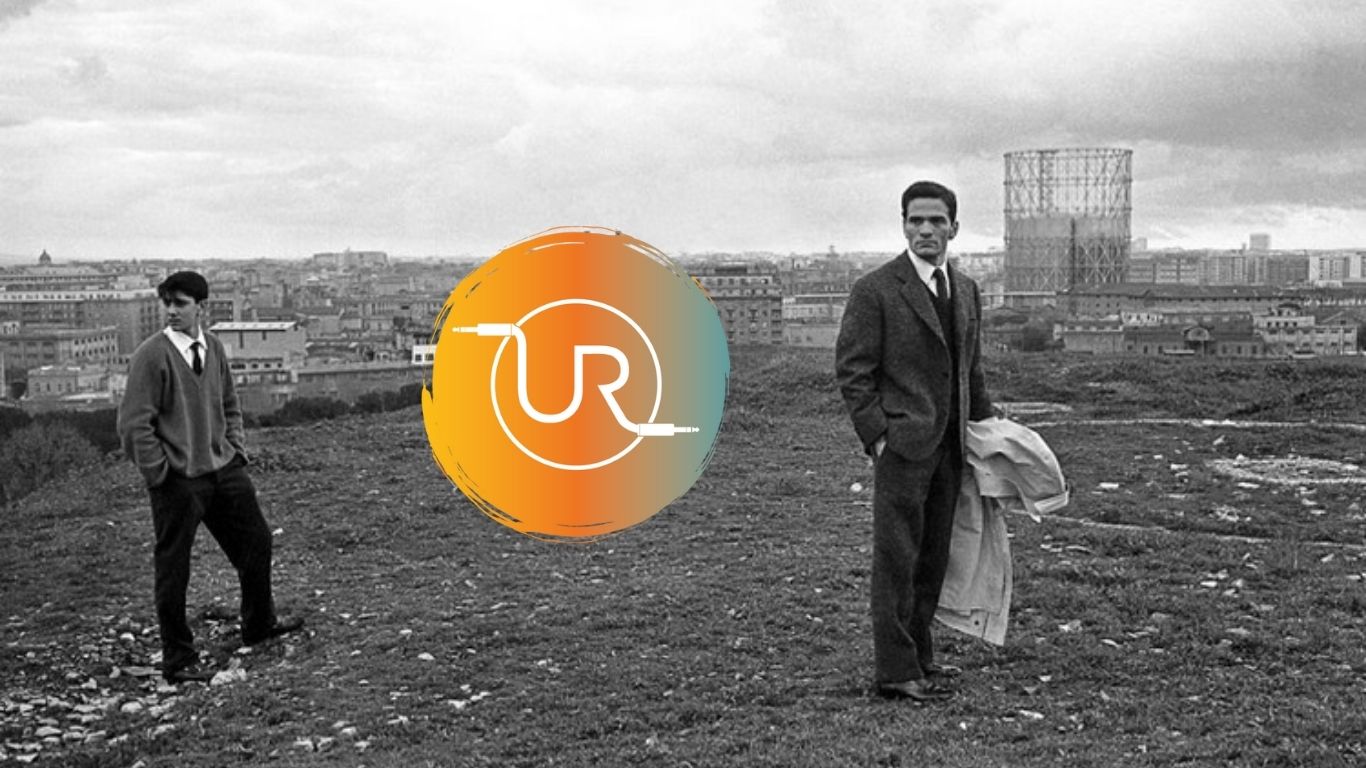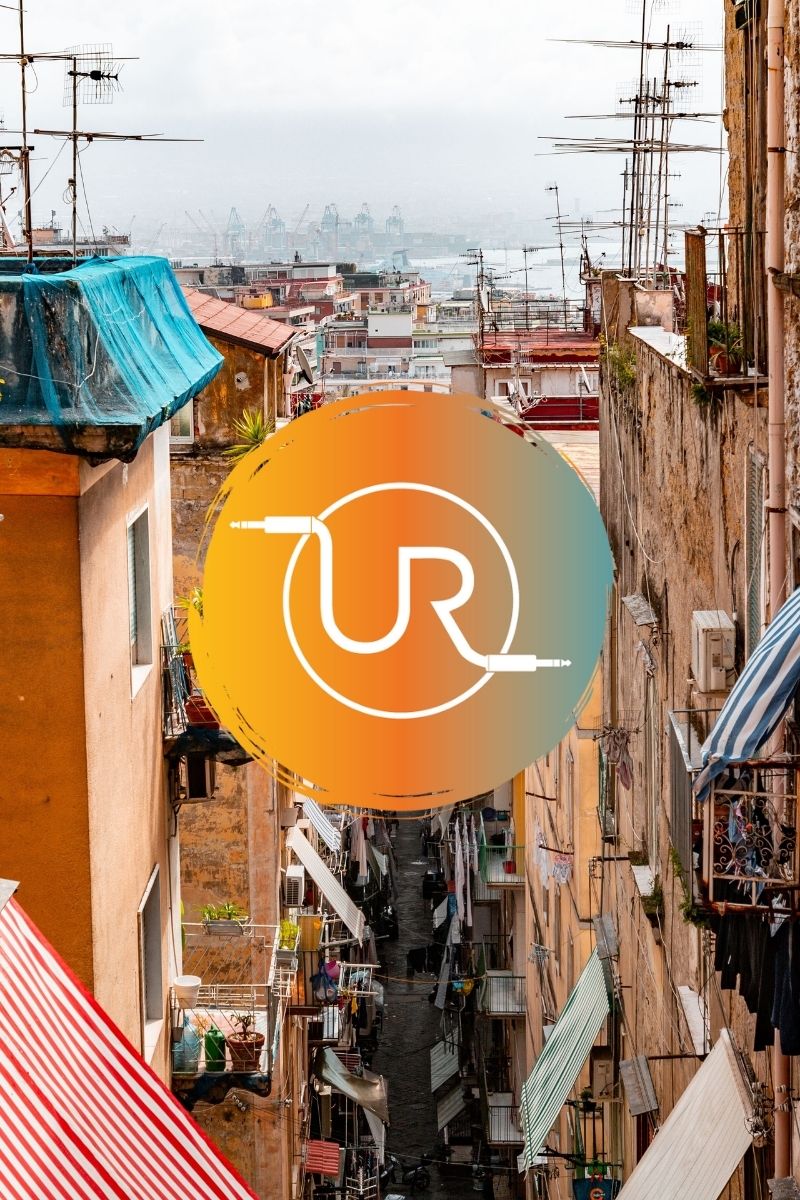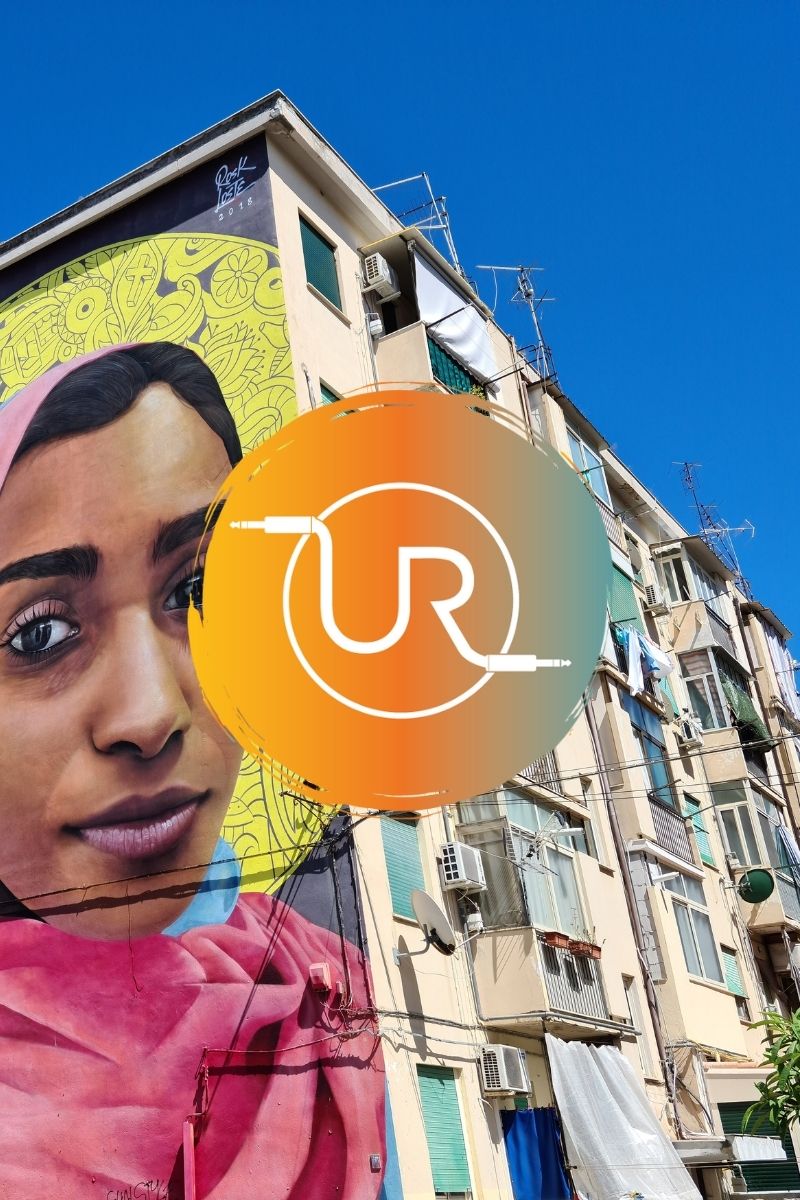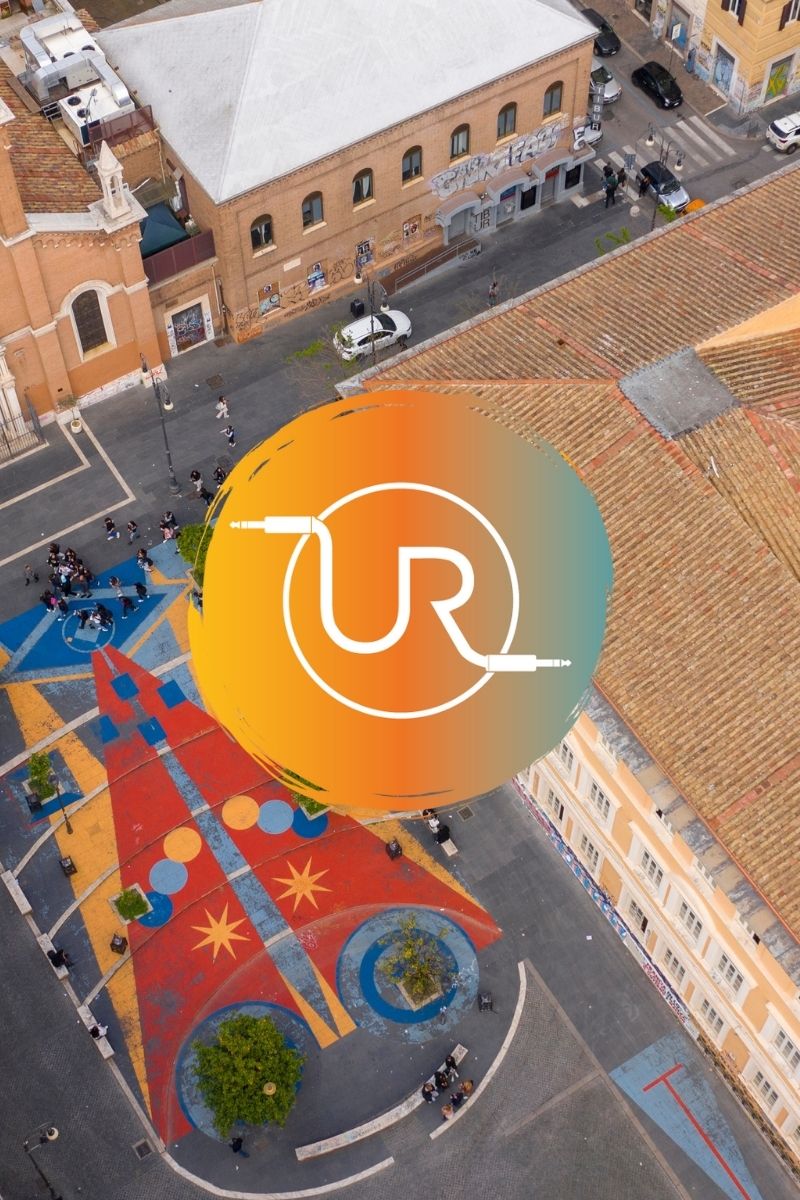
“Stupendous and miserable city,
you taught me what joyful ferocious men
learn as kids,
the little things in which the greatness
of life is discovered in peace,
how to be tough and ready
in the confusion of the streets,
addressing another man, without trembling,
not ashamed to watch money counted
with lazy fingers by sweaty delivery boys
against facades flashing by
in the eternal color of summer,
to defend myself, to offend,
to have the world before my eyes
and not just in my heart,
to understand that few know the passions
which I’ve lived through:
they are not brothers to me,
and yet they are true brothers
with passions of men who,
light-hearted, inconscient,
live entire experiences unknown to me.
Stupendous and miserable city,
which made me experience that unknown life
until I discovered what
in each of us
was the world.”
Pasolini’s Rome: A Journey Through the Eyes of a Visionary
In the 20th century, while Italy experienced rapid economic growth after World War II, the development of the Eternal City lagged behind: The post-war demographic boom turned Rome into one of Europe’s largest cities, but its infrastructure couldn’t support the growing population, resulting in social tensions and evident inequalities. Despite this, the alluring blend of beauty, decay, nobility, working-class life, and violence drew many intellectuals, making Rome the cultural epicenter of 1950s Italy. “La Dolce Vita” flourished in its bars and restaurants, Cinecittà emerged as Europe’s largest film industry, and numerous artits, writers and filmmakers sought their fortunes in the Italian capital. Among them, Pier Paolo Pasolini stands out as a visionary who captured the essence of Rome in a way that few others have. His Rome is not the one of glossy postcards and tourist guides but a raw, vibrant, and deeply human city.
Arrival in Rome
Pasolini arrived in Rome in 1950, fleeing from scandal and persecution in his native Friuli. The city he encountered was far from the eternal and glamorous image often depicted. Post-war Rome was a place of stark contrasts, where ancient ruins coexisted with burgeoning shantytowns, and the spirit of resilience permeated the air. Pasolini quickly immersed himself in this complex urban landscape, finding inspiration in its streets and among its people and getting lured by their spontaneity and vitality. He promptly chose to delve into the essence of the city, mastering the Roman dialect and tirelessly exploring the streets of the Italian capital for 25 years. Throughout those 25 years, Pier Paolo Pasolini not only captured the spirit of Rome with remarkable insight but also came to embody the city itself.
Cinematic Landscapes
The themes of Rome and its outskirts are central to Pasolini’s early 1960s cinema. In “Accattone” (1961), he delves into the life of a petty thief in the slums of the city, portraying the stark reality of the marginalized with a poetic touch. The film, set in Pigneto and Centocelle, is raw depiction of poverty and struggle and offers a counter-narrative to the romanticized views of Rome.
In “Mamma Roma” (1962), starring Anna Magnani, Pasolini continues to explore the lives of the downtrodden. The film takes place mainly in the Quadraro neighborhood and the protagonist’s dreams of a better life for herself and her son are set against the backdrop of Rome’s peripheries, highlighting the socio-economic divides that were often ignored in mainstream cinema.
The short film “La Ricotta” (1963) is set between Nuova Appia and Appia Antica. His 1966 film “Uccellacci e Uccellini” (“The Hawks and the Sparrows”) is set in the countryside around Rome, offering an ironic portrayal of the tension between the city center and its suburban areas.
Literary Reflections
Though mostly known as a filmmaker, Pasolini was also a prolific writer whose novels and essays reflect his deep engagement with the city. Suburban Rome, where he first settled in the city, features prominently in Pasolini’s novels “Ragazzi di Vita” (1955) and “Una Vita Violenta” (1959). He paints a vivid picture of the Roman subproletariat, focusing on the lives of young delinquents in the city’s outskirts. These works vividly depict lives steeped in poverty, misfortune, disillusionment, and brutality, combining a keen social critique with a profound empathy for its characters.
A Stroll Through Pasolini’s Rome
To truly experience Pasolini’s Rome, one must venture beyond the tourist hotspots and explore the neighborhoods that shaped his work. The area around Porta Portese, with its bustling flea market, echoes the vibrant chaos seen in his films. The sprawling housing projects of EUR and the dilapidated charm of Pigneto offer glimpses into the urban landscapes that Pasolini so poignantly captured.
Legacy and Reflection
Pasolini’s Rome is a city of contradictions, where beauty and squalor, hope and despair coexist. It’s a mirror, within which there are two cities: the radiant, heavenly capital of Italy and its darker counterpart, filled with desire, sensuality, and violence.
His work challenges us to see beyond the surface and engage with the deeper social realities that define urban life. Today, as Rome continues to evolve, Pasolini’s legacy endures, reminding us of the importance of seeing the world through a lens that is both critical and compassionate.
Walking through the streets of Rome, one can still feel the presence of Pasolini’s spirit. His works invite us to look at the city not just as a historical monument, but as a living, breathing entity shaped by the lives of its inhabitants. In Pasolini’s Rome, every alleyway, every face tells a story, waiting to be discovered. Pasolini was captivated by the changes Italy was undergoing in the 1950s. To him, Rome symbolized the country’s shift from a rural, agrarian society to an industrialized one. His poetic works describe the loss of innocence as the nation traded its traditional peasant values for capitalist ideals, exchanging its soul for consumer goods.
Conclusion
Pasolini’s Rome is not merely a backdrop but a full-fledged character, rich with stories of resilience, struggle, and beauty. To explore Rome through Pasolini’s eyes is to embark on a journey that reveals the city’s soul, unfiltered and profoundly human.







Leave a comment: